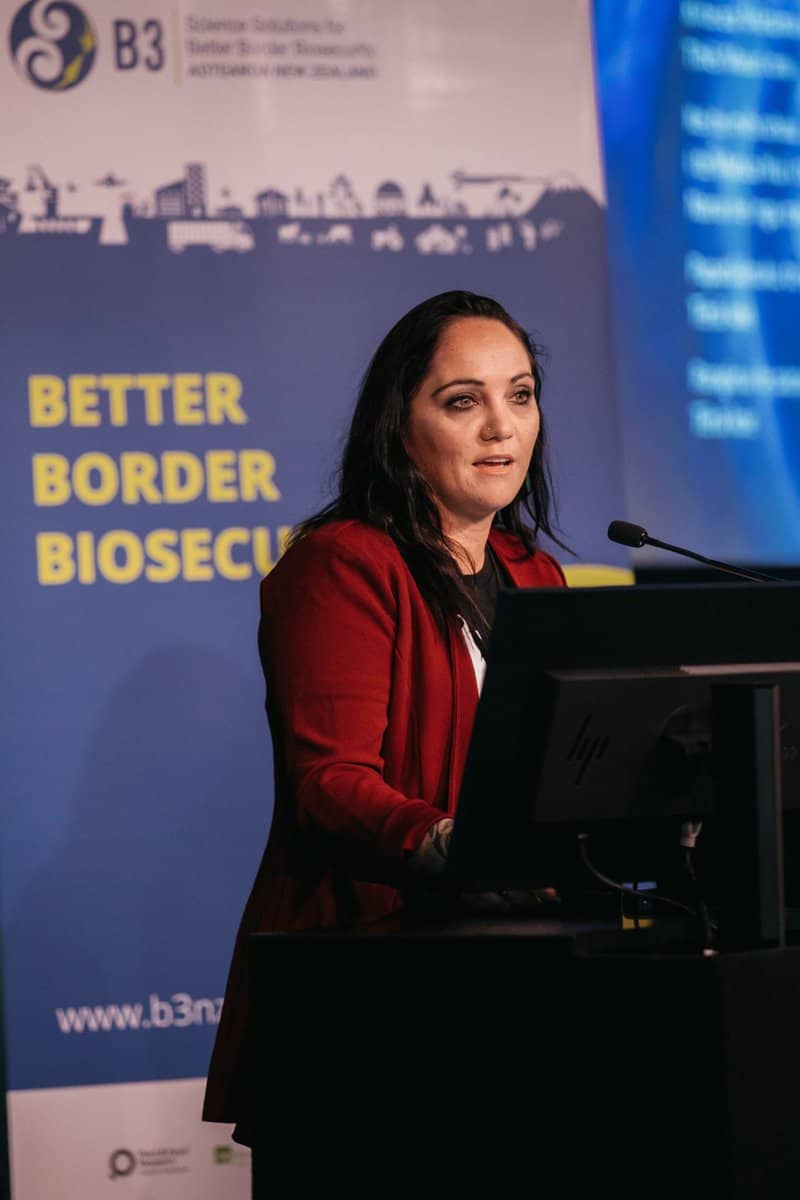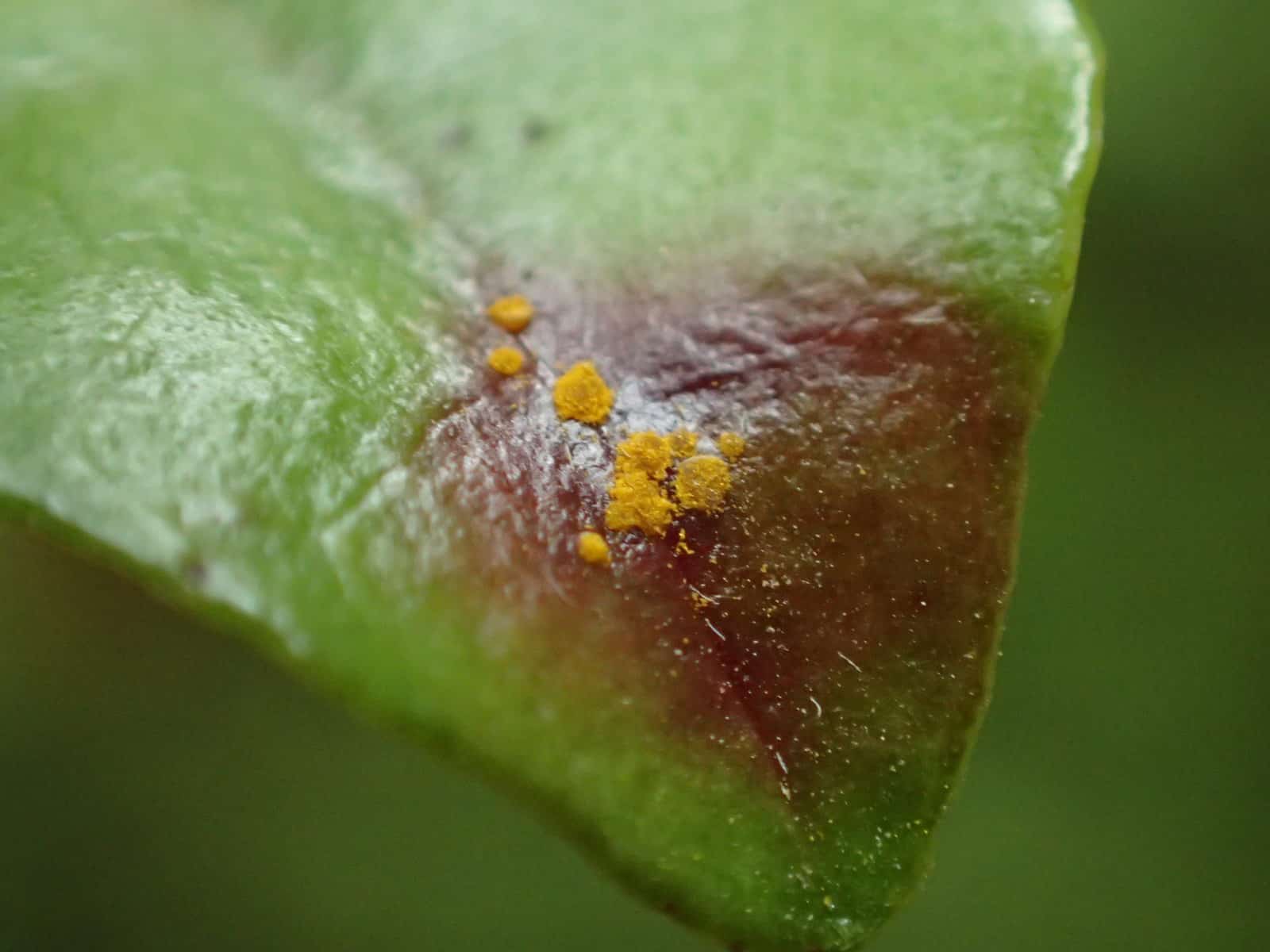The recent Better Border Biosecurity (B3) conference was a chance for the community, including New Zealand’s Biological Heritage members, to gather in person for what was likely the first Trans-Tasman conference in New Zealand since the COVID pandemic.
Category: News
Better Border Biosecurity (B3) Updates
The recent Better Border Biosecurity (B3) conference was a chance for the community, including New Zealand’s Biological Heritage members, to gather in person for what was likely the first Trans-Tasman conference in New Zealand since the COVID pandemic.
Crazy & Ambitious 3 brought together leading minds in biosecurity and biodiversity
We heard from over seventy kaikōrero (speakers) across the week. Of particular note were the keynote speakers – Aroha Mead, Daniel Hikuroa, Graeme Marshall, Jessi Morgan, Haami Piripi, Jack Craw and Catherine Febria. A huge thanks to them for their insights, time and kōrero. To view their speaker profiles follow this link. This year the conference moved […]
Recognising Leadership – Dr Maureen O’Callaghan
Maureen joined the Biological Heritage Challenge in 2016 to lead our largest tranche one research programme – Programme 2: Reducing risks and threats. This research area was complex and required plenty of hands-on leadership and management. Maureen then agreed to take on co-leadership of the strategic investment fund focused on kauri ora and myrtle ora, […]
Fight for the Wild
This beautiful documentary series details the battle our native environment is facing, and what must be done to protect it.
Understanding the genome of myrtle rust
The genome of the fungus which causes the disease myrtle rust, Austropuccinia psidii, has been sequenced – what does this mean for the fight against myrtle rust?
Myrtle rust find reported from Christchurch
A find of myrtle rust on a hedge in residential Christchurch marks the first report of the deadly disease on a host that was not newly planted in the region.
Trans-Tasman collaboration unlocks genetic secrets behind myrtle rust
Scientists have sequenced the genome of the fungus which causes the disease myrtle rust, Austropuccinia psidii.
Kauri dieback monitoring in the Waitākere Ranges
A new collaborate effort between Auckland Council, mana whenua and researchers is underway to monitor kauri dieback in the Waitākere Ranges Regional Park, with plans to survey up to 3,500 kauri trees for signs of the disease.
Biodiversity Instruments: Concept Report
A new report on opportunities for increasing investment into projects and activities that preserve, support and expand Aotearoa New Zealand’s unique biological heritage.
The persistence of degraded freshwater communities
Despite physical improvements, degraded aquatic communities in restored streams tend to persist.
Conserving and restoring our taonga rākau
Updates from the Conservation and Restoration team on the mahi they’re doing to safeguard trees that are impacted by myrtle rust and kauri dieback.










